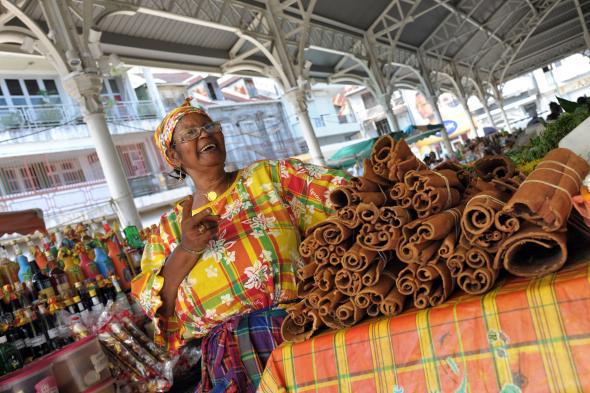Like sugar being converted into carbon dioxide in a batch of cinnamon roll dough, trouble has been fermenting in Denmark over the past few months. The metaphorical yeast behind the turmoil is an EU regulation limiting the use of cassia cinnamon—the most commonly used type of cinnamon—due to concerns about a naturally occurring compound called coumarin, which can cause liver damage when consumed in large quantities. The Danish government has moved to limit cinnamon rolls’ cassia content to 15 milligrams per kilogram of dough—far less than is traditionally used by Danish bakers. Media outlets—including, most recently, Modern Farmer—have quoted outraged bakers (“[I]t’s time to take a stand. Enough is enough”) and struck fear into the hearts of kanelsnegle lovers. (The government may reclassify the cinnamon roll, allowing it a higher cinnamon quota, in February.)
In addition to terrifying cinnamon roll aficionados, the controversy has reignited one of the most annoying foodie tropes: The idea that there is a “real cinnamon,” and that cassia is not it. One Atlantic commenter responded to the news of Denmark’s impending cinnamon roll ban by giving Danish bakers some unsolicited advice: “Then use real cinnamon instead of cassia. They are two different species. Real cinnamon is more expensive, but it will get you around the reg.” Several Redditors also chimed in to defend “real cinnamon” against imposters: “Tell the bakers to use real cinnamon and not that cheap cassia shit then,” read one typical comment.
I have news for these commenters and anyone who’s ever trotted out the difference between cassia and “real cinnamon” as cocktail-party small talk: There’s no such thing as “real cinnamon.” Or, if you insist that there is, then cassia definitely qualifies as “real.”
There are dozens of species of evergreen tree belonging to the genus Cinnamomum, and the bark of many of these species is cultivated and sold as cinnamon. Two of these species are relevant to this discussion: Cassia (Cinnamomum cassia), a Chinese native that you’ll find in most grocery stores under the label cinnamon, and Ceylon cinnamon (Cinnamomum verum), a Sri Lankan variety that’s much rarer and more expensive than cassia (though available online).
If you took Latin in high school, you will notice that Ceylon cinnamon’s scientific name translates to “true cinnamon.” It’s a hop, skip, and a jump from Cinnamomum verum to “real cinnamon.” But it’s a hollow term. Scientific names for plants are often arbitrary and metaphorical. White mustard, for instance, goes by the classification Sinapis alba, which translates as “bright mustard” or “favorable mustard,” but no one goes around arguing that white mustard is better than brown mustard just because of its name. And yet people have insisted on taking Ceylon cinnamon’s biological classification literally.
By no meaningful definition is Ceylon cinnamon more “real” than cassia. Both belong to the genus Cinnamomum. Both are ground into powders that can deliciously flavor cookies, yeast breads, and tagines. Both have been used as spices (and medicine) for centuries. It’s not as though cassia is some synthetic laboratory creation that’s being nefariously passed off as natural. Cinnamomum cassia is a real plant.
Perhaps more importantly, if you live in the U.S. (or Denmark, apparently), virtually every single cinnamon-flavored thing you have ever tasted in your life has contained cassia, not Ceylon cinnamon. De facto, in 21st-century American kitchens, cassia is cinnamon, and cinnamon is cassia.
Now, this does not mean that Ceylon cinnamon doesn’t taste better than cassia. Many people believe that it does, and their opinions are just as valid as any other opinion concerning taste. The fact that cassia is just as real as Ceylon cinnamon also doesn’t nullify any health concerns about cassia: For your liver’s sake, you should probably not be consuming enormous quantities of it.
But please stop insisting that Ceylon cinnamon is the only “real” cinnamon. All that label does is make people who like cassia feel that their preferences are somehow inauthentic. And that’s a real shame.
